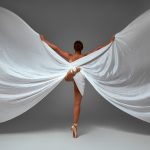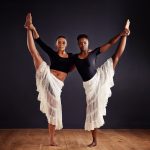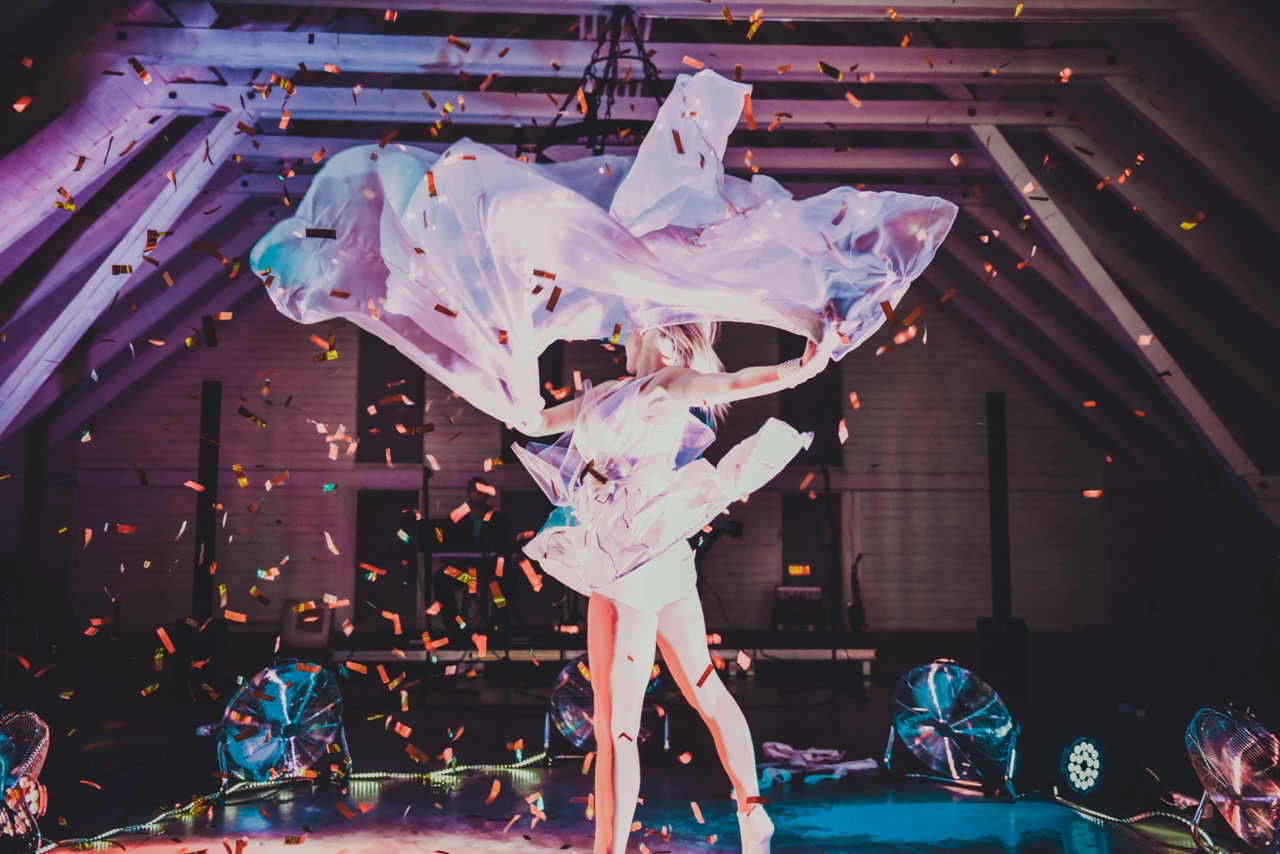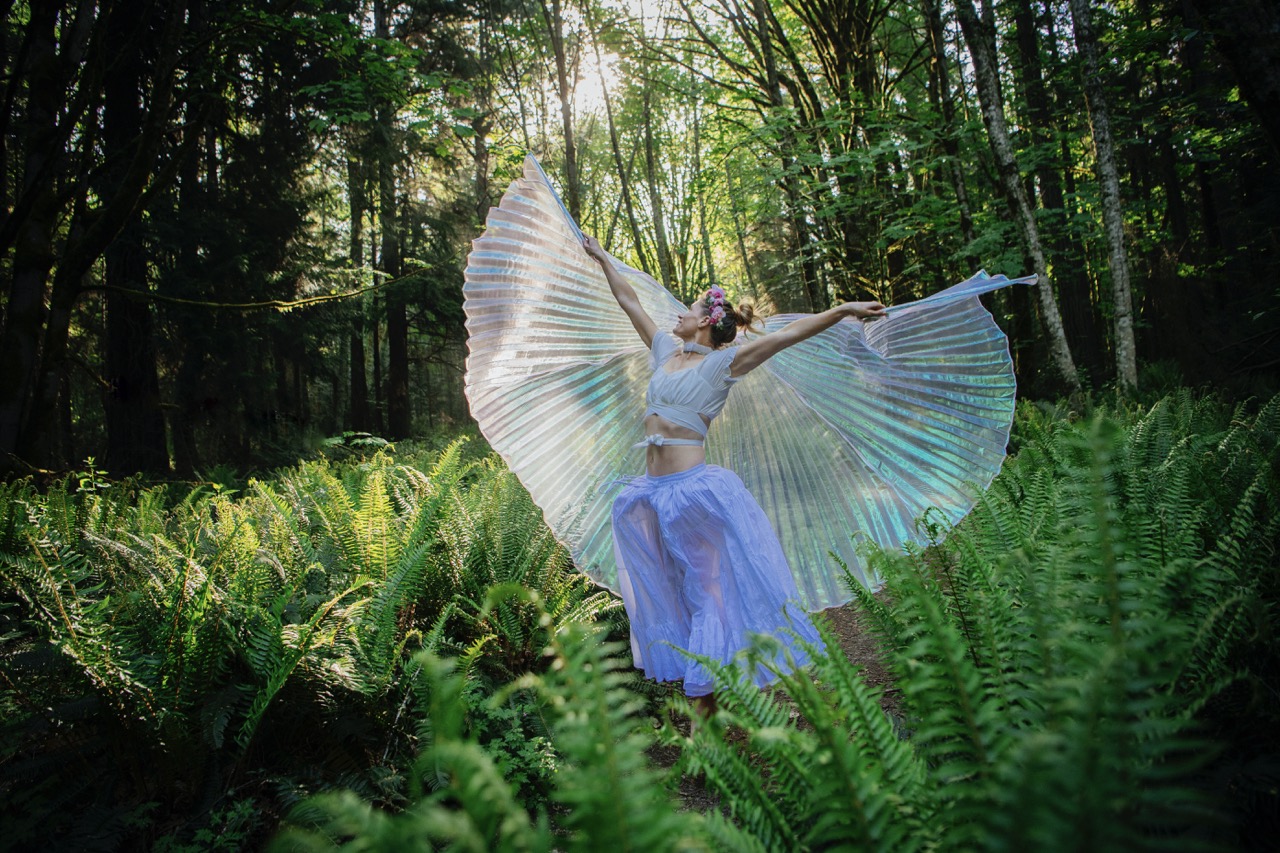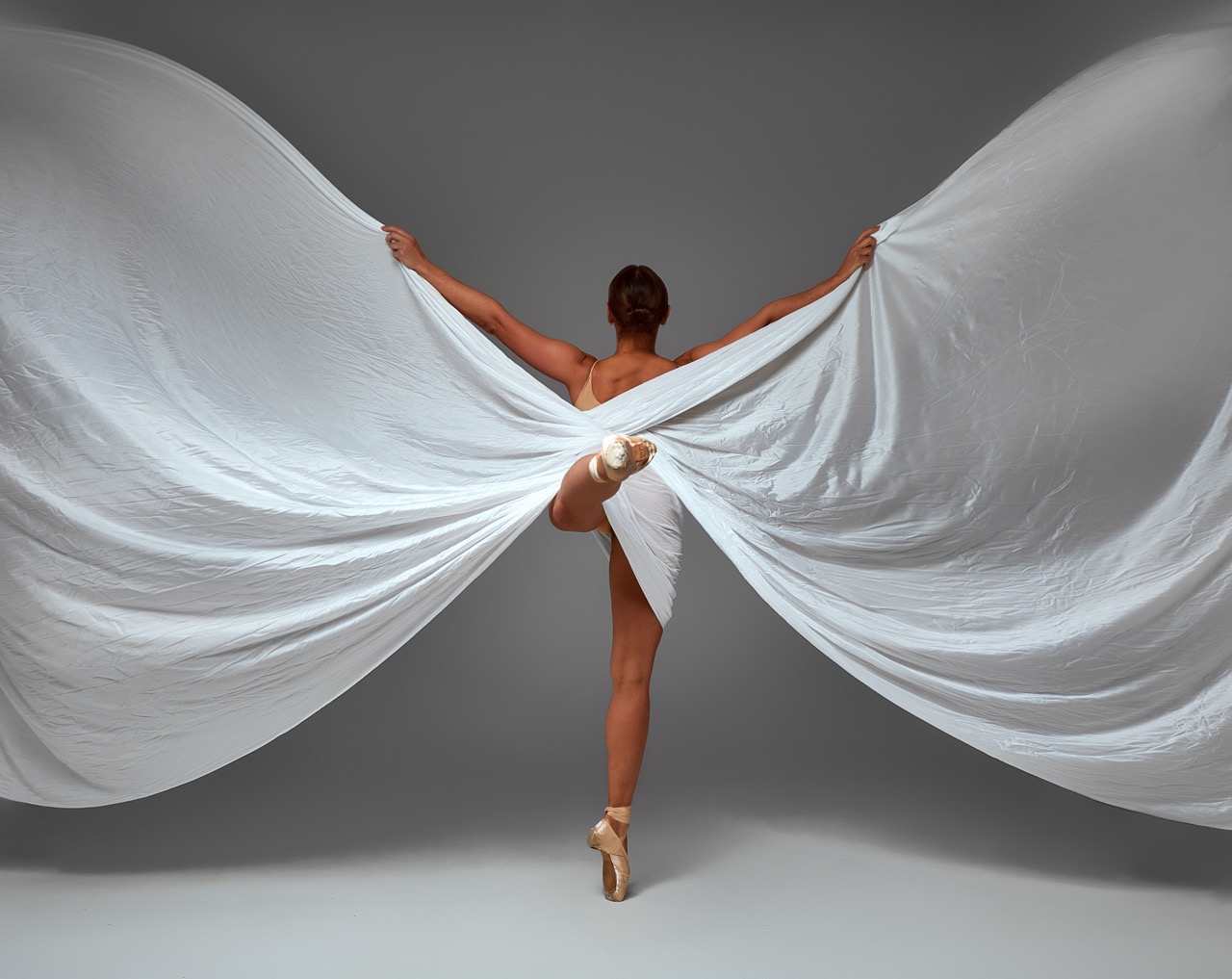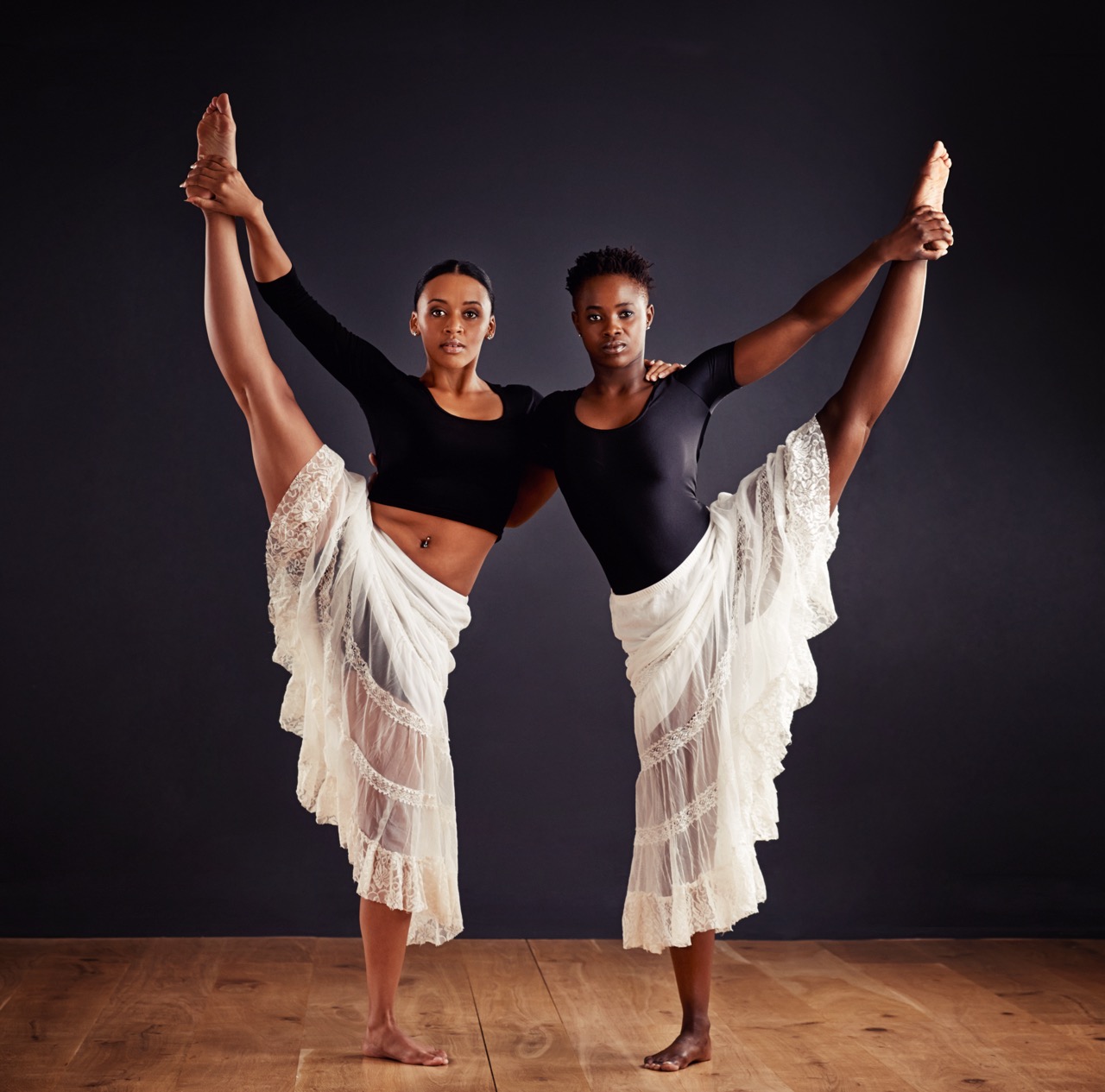The world of dance is a realm where artistry meets athleticism, and the incorporation of props can elevate this union to extraordinary heights. Among these props, dance wings have become increasingly popular, offering dancers innovative ways to express themselves. With their flowing fabric and ethereal designs, dance wings do more than simply enhance aesthetics; they play a significant role in shaping a dancer’s posture and form. In this article, we will explore the transformative power of dance wings in movement, their impact on posture, the delicate balancing act they require, and how they serve as tools for unlocking grace.
The Transformative Power of Dance Wings in Movement
Dance wings serve as extensions of a dancer’s body, creating an illusion of flight and freedom that captivates audiences. Their sweeping motions complement choreography, allowing dancers to explore a wider range of movement. When a dancer integrates wings into their performance, it transforms their physical presence, enabling them to convey emotions and narratives with greater impact. The dynamic fabric of the wings catches the light and moves with the air, adding an ethereal quality that enhances the storytelling aspect of dance.
Moreover, the sheer act of manipulating these wings encourages dancers to engage their core and develop greater body awareness. The wings require precise control, pushing dancers to maintain balance and coordination. Mastering the use of dance wings demands a heightened sense of spatial awareness, as the dancer must be conscious of their surroundings while executing movements that can be both expansive and delicate. This process can lead to a deeper understanding of one’s physical capabilities, thus promoting versatility and adaptability in various dance styles.
Ultimately, the addition of dance wings can profoundly influence a dancer’s overall performance. They not only accentuate movements but also serve as a form of creative expression that encourages exploration beyond traditional techniques. As dancers learn to integrate wings into their art, they discover new dimensions of movement that can elevate their craft and captivate audiences in unprecedented ways.
Enhancing Posture: The Artistry of Winged Expression
Posture is the foundation of effective dance, and dance wings can play a crucial role in enhancing a dancer’s alignment and stance. When dancers wear wings, they must consciously adjust their posture to accommodate the added weight and structure of the fabric. This adjustment often leads to an elevation of the chest, an elongation of the spine, and a tightening of the abdominal muscles. As dancers adapt to the wings, they develop a keen sense of how to balance their bodies while maintaining an elegant presence.
Furthermore, the visual impact of dance wings prompts dancers to become more mindful of their upper body alignment. The expansive nature of the wings encourages a lifted chest and open shoulders, which are essential for creating a strong and confident stage presence. This awareness can translate into better posture even when not performing with wings, as dancers learn to carry themselves with the grace and poise that wings naturally evoke.
The artistry of winged expression also extends to the connection between breath and movement. As dancers navigate their choreography, the fluidity of the wings enhances their breath control, reinforcing the alignment of their body. This interconnection fosters a harmonious relationship between posture and expression, allowing dancers to deliver performances that are both technically proficient and emotionally resonant.
Balancing Act: How Wings Influence Dancer’s Form
The introduction of dance wings into a dancer’s repertoire necessitates a new level of balance and coordination. With wings extended, dancers must be mindful of their center of gravity, adjusting their movements to maintain equilibrium. This balancing act not only challenges a dancer’s physical abilities but also encourages them to focus on their core strength, which is essential for executing fluid and controlled movements.
Moreover, the weight distribution of the wings can affect how a dancer approaches spins, turns, and jumps. The added fabric requires precise timing and control, pushing dancers to refine their technique and improve their ability to execute complex movements. As they learn to maneuver the wings gracefully, they develop a more profound understanding of their body’s mechanics, which can lead to improved overall form.
The wings also demand a sense of composure and awareness during performances, as any miscalculation can disrupt the flow of movement. Dancers must cultivate mental focus to stay centered and maintain the elegance that wings convey. This heightened level of concentration can lead to a more polished performance, showcasing not only the physical skills required to manipulate the wings but also the dancer’s ability to embody the art form with confidence and poise.
Unlocking Grace: Wings as Tools for Postural Precision
Dance wings serve as more than mere decorative elements; they function as practical tools for achieving postural precision. The visual grandeur of the wings draws attention to a dancer’s upper body, encouraging them to maintain integrity in their alignment. This focus on the upper body can enhance a dancer’s overall form, as they are compelled to pay close attention to the subtleties of their movement and posture.
Incorporating wings into dance routines also encourages the development of finer motor skills. The need for finesse in controlling the wings cultivates precision in the dancer’s movements, as they must execute each gesture with care and intention. This practice can lead to improved dexterity and coordination, which are vital components of a dancer’s technical proficiency. Over time, dancers who work with wings often find that they can apply this newfound precision to other aspects of their dancing, ultimately elevating their performance quality.
Furthermore, the practice of using dance wings can inspire creativity in exploring new ways to approach traditional movements. As dancers experiment with the flow and resistance of the fabric, they may discover innovative techniques that enhance their overall artistry. This blending of traditional dance with the expressive potential of wings unlocks new avenues for expression, as dancers learn to refine their postures and forms while exploring the boundaries of their craft.
In conclusion, dance wings are transformative tools that not only amplify a dancer’s visual presence but also significantly influence their posture and form. By enhancing movement, encouraging proper alignment, and promoting balance, wings provide an opportunity for dancers to explore their artistry in profound ways. As these performers learn to navigate the challenges and joys of working with wings, they unlock a deeper understanding of their bodies and how to express themselves through movement. Ultimately, the integration of dance wings into a dancer’s practice fosters a unique blend of creativity, precision, and grace that elevates both the individual dancer and the art form as a whole.


